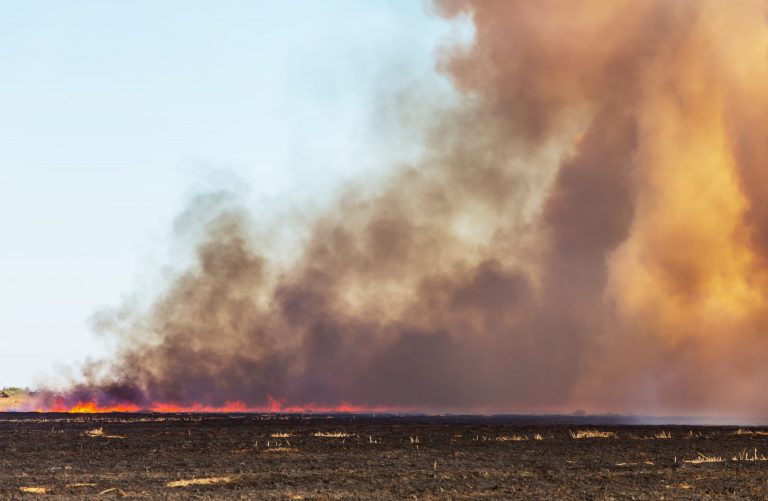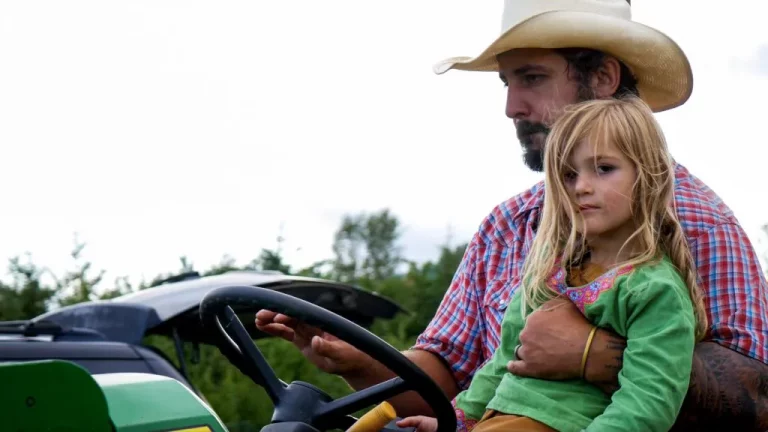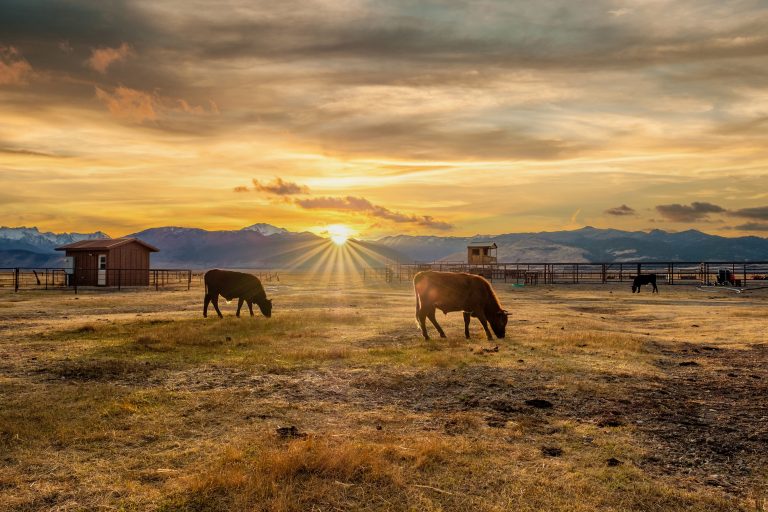Yanasa TV News
How One of America’s Largest Solar Farms Sparked a Rural Uprising—and Put Bill Gates in the Crosshairs
Ohio Farmers Fight Back: Bill Gates’ Solar Takeover Sparks Outrage!
A Fight for the Future of Farmland
In the rolling fields outside Plumwood, Ohio, a battle is brewing that could set a national precedent for rural America. At the heart of the controversy is the Oak Run Solar Project—an 800-megawatt industrial-scale solar farm that, if built, would blanket 6,050 acres of some of the Midwest’s richest cropland. Backed by global energy giants and with land ties to billionaire Bill Gates, Oak Run’s promise of clean power has collided with the fierce determination of farmers and rural officials desperate to defend their way of life.

A Solar Goliath in the Corn Belt
Approved on March 21, 2024, by the Ohio Power Siting Board (OPSB), the Oak Run Solar Project immediately made headlines as one of the largest proposed solar facilities in the United States. Developed by Savion—a subsidiary of Shell—the project promises enough power for 170,000 homes and includes a 300-megawatt battery storage system to support Ohio’s energy grid (OhioAgConnection). The $1 billion venture also claims it will generate 1,500 construction jobs and deliver more than $8 million in annual tax revenue, including over $3 million earmarked for local schools.
But these economic arguments have failed to quiet local outrage. At stake, opponents say, is nothing less than the soul of Madison County—the top corn-producing county in Ohio and a symbol of America’s agricultural prowess. As one township trustee put it, “Our contribution to alternative energy has certainly been met… too much prime farmland is being taken out of production” (Renewable Energy World).
Bill Gates: The Landlord Behind the Controversy
Perhaps the most incendiary detail is that nearly three-quarters of the project footprint sits on land owned by Midwest Farms LLC, an entity linked to Bill Gates—already the largest private owner of farmland in the United States. Gates, through this shell company, owns approximately 4,400 acres that will be leased for the solar panels and associated infrastructure (Scioto Post).
While Gates is not developing, financing, or operating the Oak Run project, his involvement as a passive landowner has become a lightning rod for criticism. Many locals see the project as emblematic of a wider problem—outside elites and corporations dictating the fate of rural communities from afar. As Commissioner Chris Wallace declared, “We are an agricultural-first county and want the land to stay agricultural” (CleanTechnica).
“This Is Our Breadbasket”
The opposition to Oak Run is broad and deep. Township trustees in Monroe, Somerford, and Deercreek, alongside the Madison County Board of Commissioners, have all passed resolutions against the project. “The decision by the… Board to deny our request for rehearing is a clear disregard for the voices of Madison County residents and their elected representatives,” said Wallace after the OPSB’s final vote (Renewable Energy World).
More than 1,000 public comments were filed, with residents voicing fears over the permanent loss of productive farmland, threats to the local agricultural economy, and the potential for soil erosion, water runoff, and even fire risks from massive battery banks. For multi-generational farmers, the project is a direct assault on both their livelihoods and their identity. “This is our breadbasket,” said one local farmer during a township meeting. “It’s not just land. It’s our history, our heritage, our future.”
Local Democracy vs. State Authority
The conflict escalated in late 2024, when Madison County commissioners voted 2-1 to appeal the project’s approval to the Ohio Supreme Court (Columbus Dispatch). Their core argument: the OPSB, a state-level body, has overridden the explicit wishes of local governments and rural voters—undercutting democracy in favor of corporate profits.
Oral arguments were held in spring 2025. As of June 2025, the Supreme Court’s decision is pending—a ruling that could define the future of solar development on farmland not just in Ohio, but across the Midwest.
However, on April 30, 2025, the Ohio Supreme Court upheld the OPSB’s approval of the 350-MW Harvey Solar project, signaling continued deference to the siting board’s factual determinations. That doesn’t decide Oak Run, but it’s directionally favorable to developers.
The Agrivoltaics Compromise—Or Greenwashing?
In response to the backlash, Savion has touted Oak Run as a model for “agrivoltaics”—the combination of solar panels with continued agricultural use. The company has committed to grazing at least 1,000 sheep and planting crops on 2,000 acres in the first year, scaling up to 4,000 acres (about 70% of farmable land) within eight years (Columbia Law Blog). Ohio State University researchers are partnering to study the site as a national agrivoltaics laboratory.
Yet many farmers remain skeptical, calling the commitments “greenwashing.” As one township trustee observed, “Agrivoltaics may sound good on paper, but you can’t run a grain elevator on sheep and hay. We feed the world here.”
Farmland on the Front Lines
The stakes at Oak Run extend far beyond Madison County. Across the country, the push for renewable energy is colliding with rural America’s fight to preserve its most valuable resource: fertile soil. As utility-scale solar and wind projects seek cheap, flat land, states are granting approvals that override the wishes of local communities and threaten the future of food security.
Critics point out that once prime farmland is covered in steel and glass, it is almost never returned to agriculture. “They say it’s reversible, but look at history—industrial land stays industrial,” said Commissioner Wallace. “This is about who decides the fate of our land: the people who live and work here, or distant corporations and billionaires.”
Oak Run as a National Test Case
The Oak Run Solar Project has become a symbol—a flashpoint in the debate over property rights, rural democracy, and America’s food system. The outcome of Madison County’s Supreme Court challenge will reverberate far beyond Ohio, shaping policies on farmland preservation for years to come.
For those fighting to protect the heartland, the message is clear: clean energy must not come at the expense of the land that feeds us all. As the court’s decision looms, Yanasa TV will continue to follow this story, giving voice to the farmers, families, and rural communities standing up for the future of American agriculture.
References:
- OhioAgConnection: Ohio Approves Mega Madison County Solar Farm Linked to Bill Gates
- CleanTechnica: Massive Ohio Solar Agrivoltaic Project Has Locals Riled Up
- Scioto Post: Oak Run Solar Project Approved in Madison County with Ties to Microsoft
- Renewable Energy World: Ohioans Still Fighting Massive Oak Run Solar
- Columbus Dispatch: Madison County Supreme Court Case Oak Run Solar
- Columbia Law Blog: Ohio Approves Nation’s Largest Agrivoltaics Project








